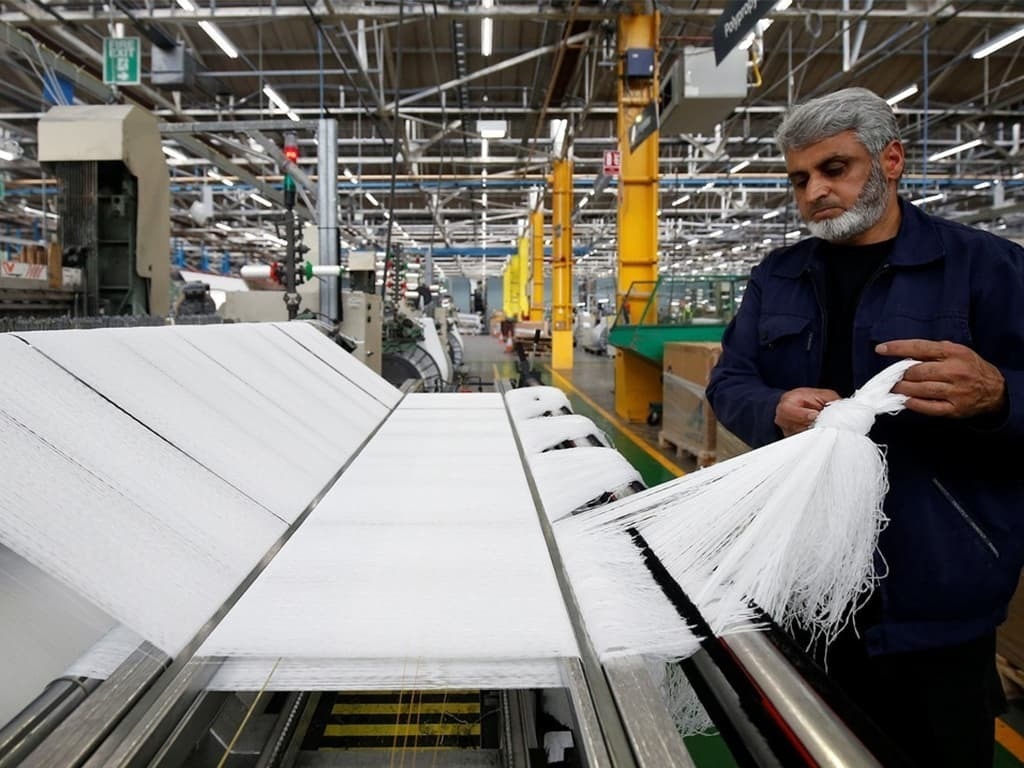Textile exports facing quadruple whammy
13 March, 2023

It seems beyond dispute that Pakistan’s textile industry must now bid farewell to the export bonanza of the last two financial years. After breaking the $13 billion barrier for the first time in FY21, textile exports rose to $18.5 billion by FY22, but are now set to recede back below $17.5 billion during current year, with only downside risk of slipping further.
It is said that tragedy strikes in threes. And that’s exactly what seems to have taken place to textile exports. First, the staggered recovery of global economy post Covid drove cotton prices in the international market to 11-year peak, marking the first strike on exporter profitability. Then came the monsoon floods of 2022, which caused national cotton output to drop 55 percent below target. Later came the dollar liquidity crisis, making imports prohibitively inaccessible than expensive. Now, finally, world cotton prices have drastically declined, falling 40 percent compared to peak levels reached just nine months back. That too, will not bode well for Pakistan’s exporters.
Why? If cotton consumption over the last decade is taken as proxy, consensus estimates of Pakistan Central Cotton Committee, Pakistan Cotton Ginners Association, APTMA, and USDA indicate that the milling segment processes anywhere between 12 – 14 million bales (of 170kg) per annum. Inclusive of carryover and imports, cotton supply in the local market during the ongoing year may hardly reach 12 million bales, if not lower. Meanwhile, although cotton prices in many competing exporting markets have declined in local currency terms during recent months, up to 25 percent currency depreciation in Pakistan since Sep-22 has ensured that prices remain elevated in rupee terms.
And this confluence of misery has struck at a time when the central bank has begun to unwind its concessionary financing portfolio to the exporting segment, resulting in working capital loans outstanding to the industry declining by a third in dollar terms. As screws have also been tightened on the monetary policy, cost of working capital borrowing in rupee terms for the exporting industry has escalated from an average of 5 percent a year ago, to close to 18 percent currently. Meanwhile, the federal government has also rolled back subsidies on energy tariffs which have hit upstream segments such as spinning and weaving very hard.
The industry might be able to keep its head above water for a little while longer thanks to ultra cheap long term financing obtained during the pandemic, which may keep cashflows positive in the immediate term. However for far too long, Pakistan’s textile industry has survived on a combination of state largesse in the mode of concessionary financing, cheap energy, and cheap access to raw material, without investing itself in upstream value chain such as improving the productivity of cotton crop through better seeds, mechanization; ensured profitability for farmers; or bringing efficiency to ginning operations. Now, as the state has finally run out of money to throw around, the chickens will finally be coming home to roost. Without access to competitively priced capital, energy, labor, or even raw material, it might finally be the right time to ask: does Pakistan’s textile industry enjoy any comparative advantage in the export market?
Source: www.brecorder.com
